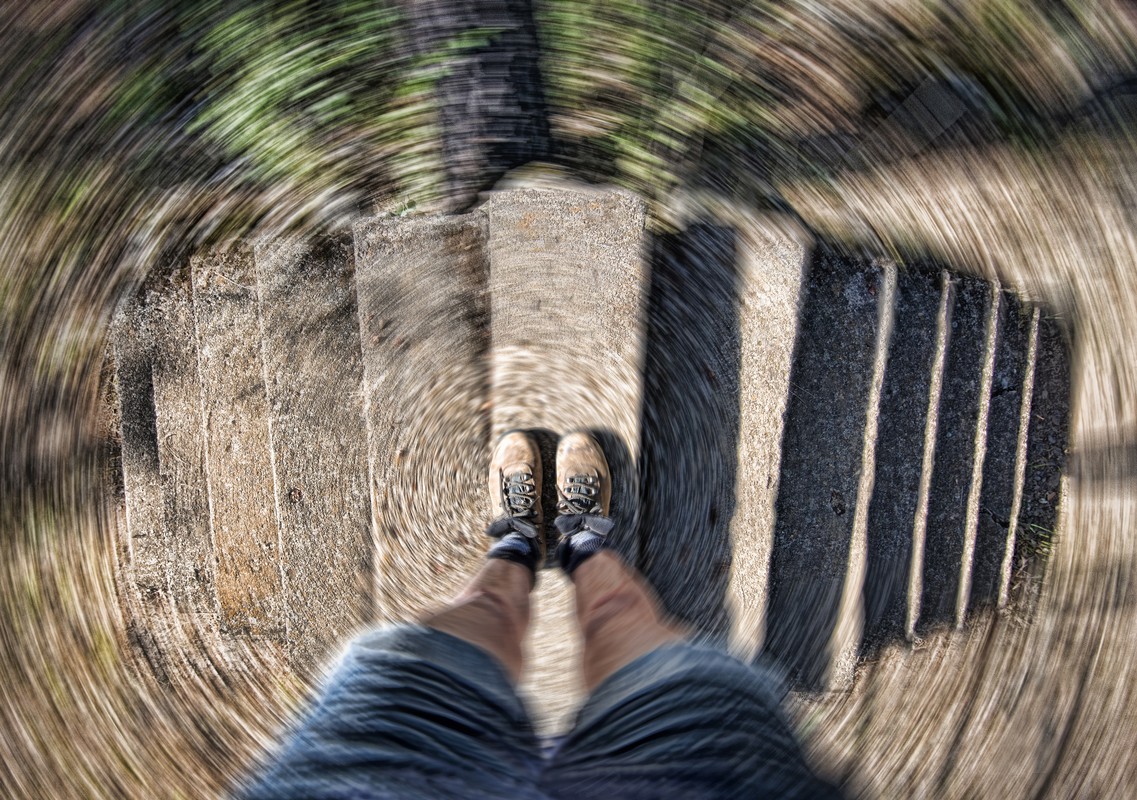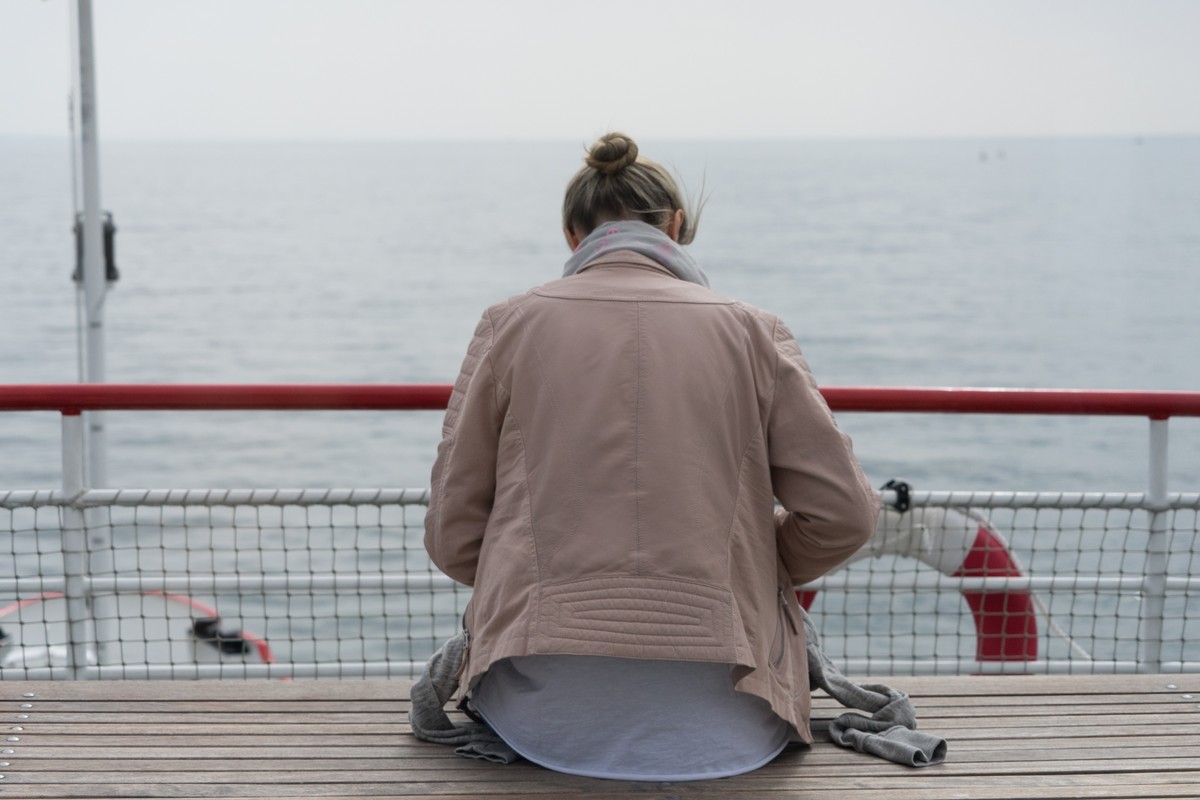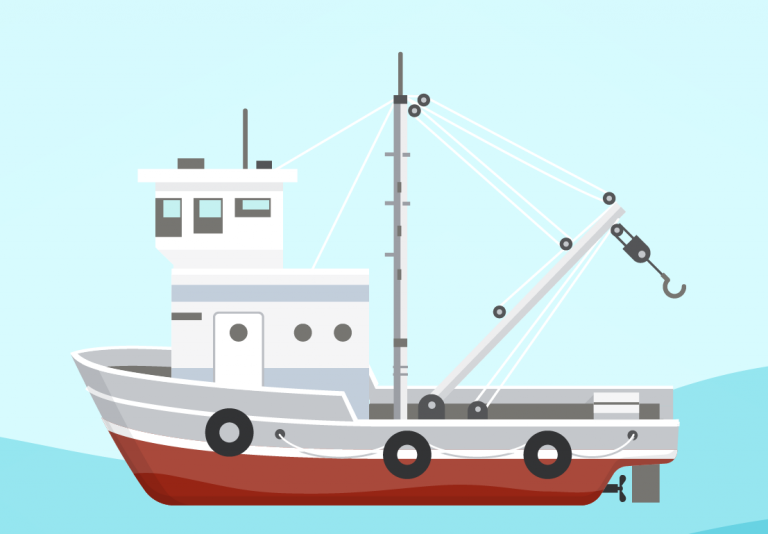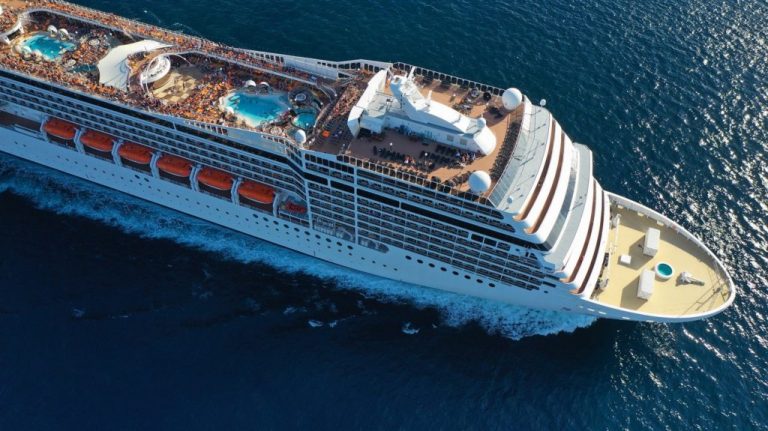Working or traveling on big waters can be an amazing experience, once you get your sea legs. Our bodies and brains adjust to our environment. The rocking, rolling, and constant movement of ocean or big-lake travel becomes less of a problem. However, this process takes longer for some people than others. Returning to solid ground can require a similar adjustment after a long voyage.
Why do we experience motion or seasickness, and how can we speed up this adjustment process?
What Are Sea Legs?
We say someone has their sea legs when they stop having motion sickness and can move with confidence on a ship or vessel. This happens when the inner ear and the brain resolve what seem to be conflicting messages.
- The inner ear is part of the body system that helps us maintain our balance. Fluid-filled structures inside the ear are sensitive to gravity and report to the brain whether you are standing up, lying down, or moving. On a ship being rocked by waves, the inner ear is constantly sending messages to the brain about this unfamiliar movement.
- The brain knows that this movement is not caused by the body. Like a system of checks and balances, the brain validates these messages from the inner ear against what your eyes see and your body feels. Because your brain knows the body is standing still, and visually there are limited signs of movement because the body and the boat are moving together, the brain is unable to compensate for the confusing information.
How to Prevent Seasickness
Wondering how to not get seasick on your first—or next—voyage? Try these tips to limit the conflicting messages, help your brain adjust, and get those sea legs faster:
- As long as land is visible, remain on deck and focus on a stationary landmark or shoreline to allow your brain to recognize that the sensation of movement is real.
- Eat lightly before you go, avoiding spicy foods, alcohol, and coffee until you have your sea legs.
- Try ginger, ginger-ale, saltines, or motion sickness medications when seasickness strikes.
- Avoid overheating or dehydration and get enough sleep.
- Take breaks from reading, watching instruments, or using entertainment devices in order to look around.
- Resist the temptation to stay below deck in your bunk, as this only extends the time it takes for your brain to adjust to your moving environment.

When Sea Legs Wobble on Land
Our amazingly adaptive brains adjust to a moving environment on board the boat, and we can move with confidence as the deck pitches and sways. We can say we’ve gained our sea legs, but now, when we step back on solid ground, that sensation of movement may not stop. Again, we might face dizziness and nausea, a phenomenon known as “land sickness” or mal de debarquement syndrome.
If you are wondering how to get rid of land sickness after your voyage, many of the same strategies may help:
- Keep moving and taking walks or car rides to provide the missing sensation of movement while you readjust.
- Stay hydrated and get enough sleep.
- Use over-the-counter motion sickness medications or talk to your doctor about other medications that might help.
- Remind yourself that this adjustment is normal and will become easier to make over time.
Stay Safe While You Earn Your Land or Sea Legs
Travelers and maritime workers overcome these challenges with time, but, during this adjustment, you may be more likely to be involved in an accident on board. If you’ve been injured on deck while getting your sea legs, you may need to consult with maritime lawyers to receive fair compensation. For nationwide help in the area of maritime injuries, contact Maintenance and Cure—Schechter, Shaffer & Harris.







